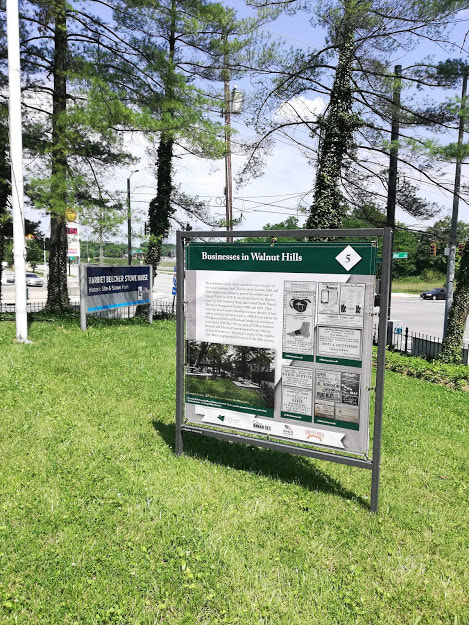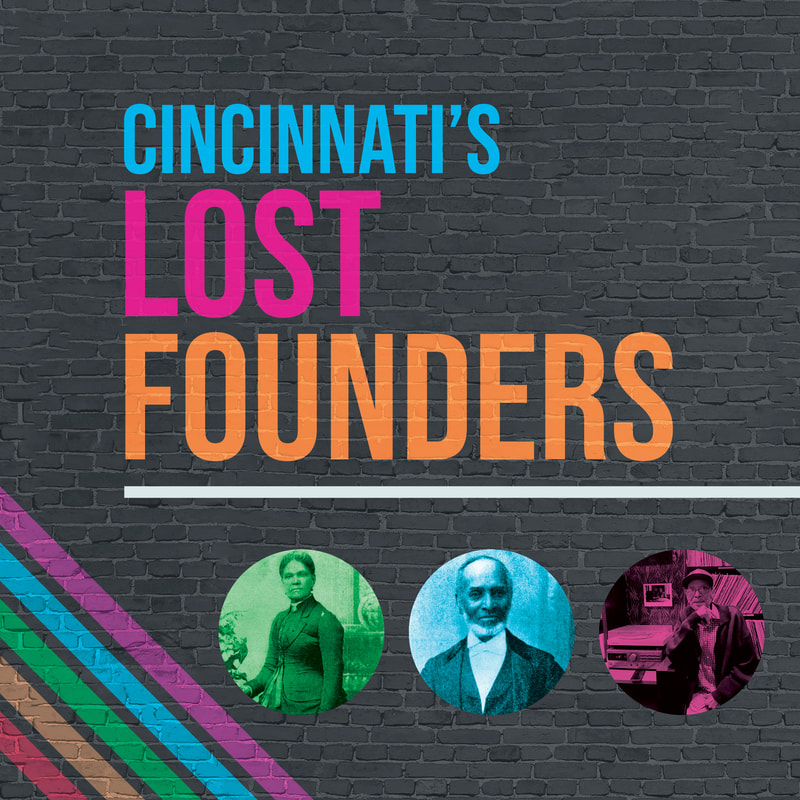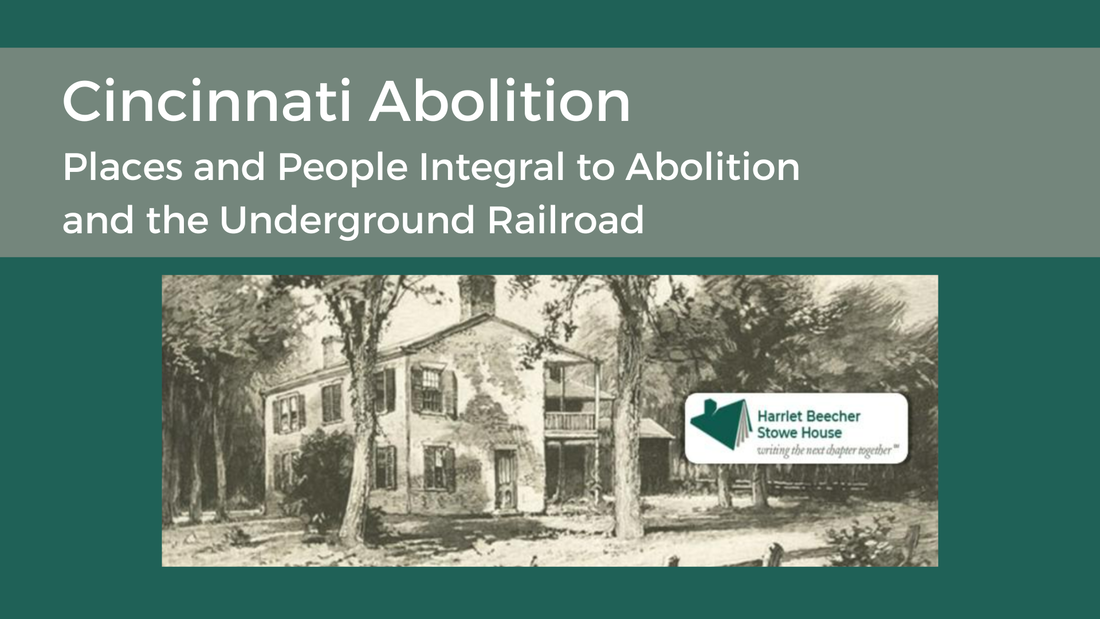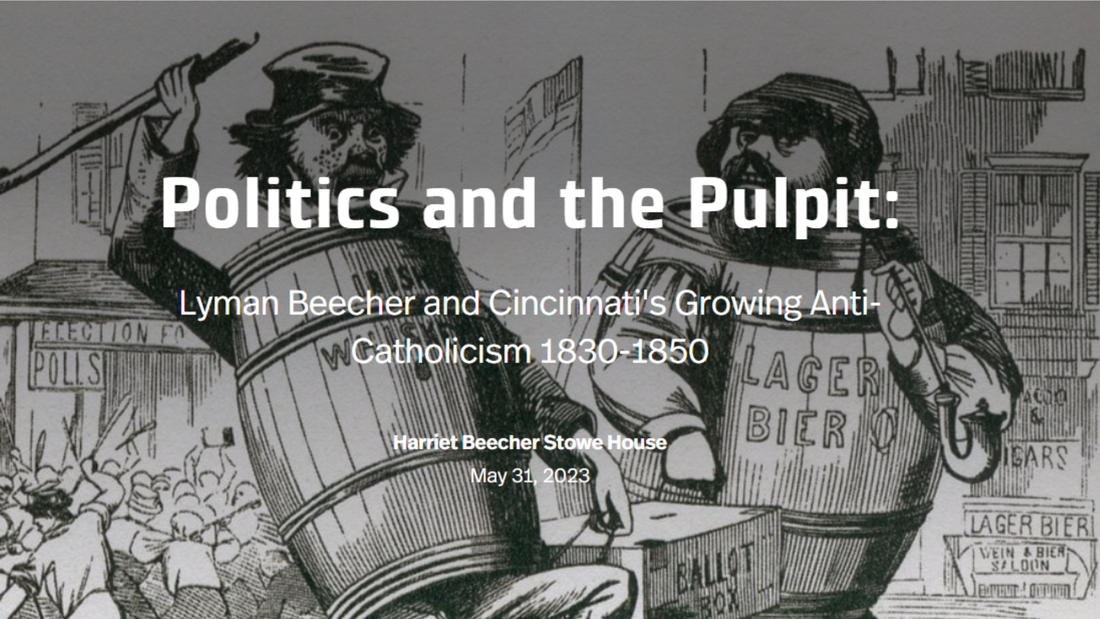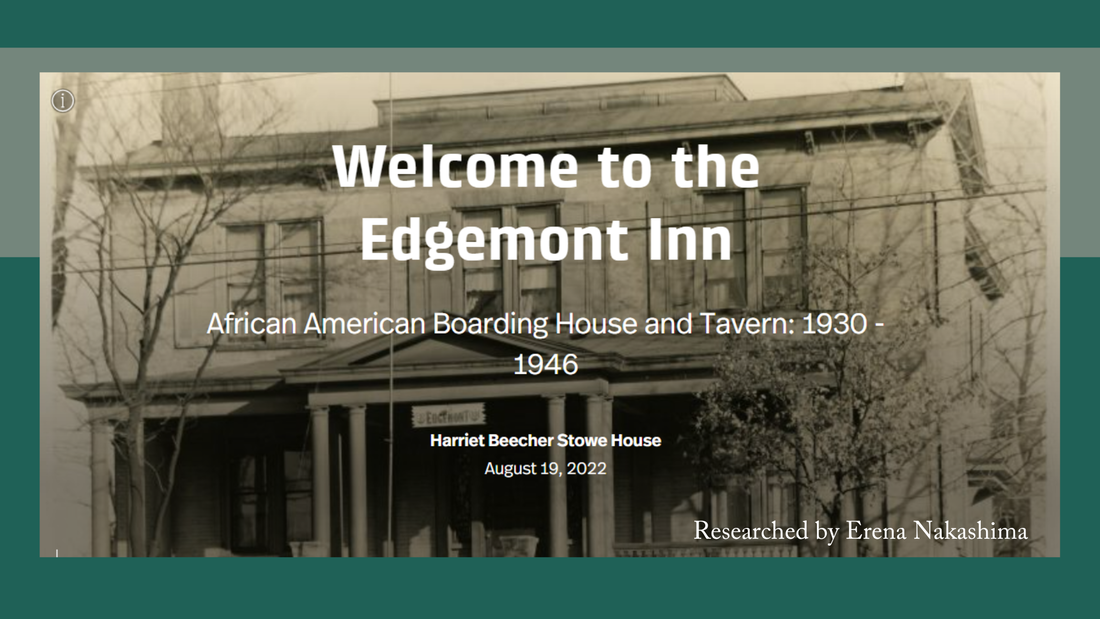CURRENT EXHIBITS
Wish Wall: America 250
|
Exhibit on view July 6, 2025
As we look ahead to the United States' 250th anniversary in 2026, we invite you to take a moment to reflect in our featured exhibit space. What is your wish for your neighborhood, your city, the nation? Share your wish and read what others wish for as we continue creating the United States of America together. |
PERMANENT EXHIBIT
The Global Impact of Uncle Tom's Cabin
|
Growing out of the relationships she built in Cincinnati, the debut of Harriet Beecher Stowe's anti-slavery novel not only rocketed into fame in the United States, but it also became a global phenomenon.
Even today Uncle Tom's Cabin is read in schools around the world in both English and translated languages. Our collection includes over 20 copies in various languages and ranging from the first year of publishing to the present, proving the relevance of Harriet Beecher Stowe's writing around the world and sparking conversation about its complicated legacy. |
OUTDOOR EXHIBIT
Our Neighborhood Story: A Tour of this Walnut Hills Block
|
CURRENTLY ON VIEW
Outdoors at the Harriet Beecher Stowe House: 2950 Gilbert Avenue, Cincinnati, OH 45206 Walk the grounds of the Harriet Beecher Stowe House site to learn more about the past 200 years of history of this diverse and dynamic neighborhood. Learn about business owners, teachers, families, and celebrations that have shaped this community. Think about ways you use your Power of Voice to make a positive impact in your community. Our Neighborhood Story: A Tour of this Walnut Hills Block is an entirely outdoor exhibit it is free and open to the public from dawn to dusk. There are 7 panels on the grounds of the Harriet Beecher Stowe House and one panel a few blocks down on Beecher Street at the Walnut Hills Community Garden. |
TRAVELING EXHIBIT:
Cincinnati's Lost Founders: The Clark & Fossett Families
|
ON VIEW AT NORTHERN KENTUCKY UNIVERSITY
Sometimes, important history is easy to find. Large monuments tell us about someone's brave deeds. A beautifully preserved building shows secrets about the lives of those who walked inside them. At other times, important history needs some digging. Mr. James Clark, a Cincinnati native, has just such a story to share. You may know Mr. James Clark as the friendly jazz aficionado who hangs out at Caffe Vivace. Mr. Clark also happens to be descended from the Hemings and Fossett families, enslaved men and women who helped run Thomas Jefferson’s plantation, Monticello. Once they obtained their freedom, his ancestors traveled to Cincinnati, established successful businesses, participated in the Underground Railroad, and worked hard to help their community. |
ONLINE EXHIBITS
Cincinnati Abolition: Places and People Integral to Abolition and the Underground Railroad
At the Harriet Beecher Stowe House, we talk about Harriet's indirect connections to the Underground Railroad. We also acknowledge that much of the Underground Railroad activity through the city of Cincinnati went through the Black Church network. The percentage of the African American population in Cincinnati was larger than in other places, so this makes sense intuitively. However, documentation for illegal activity remains difficult to trace.
These maps demonstrate an effort to denote the Underground Railroad Sites, the Abolitionists - both white and Black, and the Freedom Seekers who passed through Cincinnati in the 1830s-1850s.
These maps demonstrate an effort to denote the Underground Railroad Sites, the Abolitionists - both white and Black, and the Freedom Seekers who passed through Cincinnati in the 1830s-1850s.
This project began in early 2020 through a partnership with the University of Cincinnati History department's graduate program and consultation with the College Hill Historical Society's Hamilton Avenue Road to Freedom. Funding for completion was provided by the W.E. Smith Family Foundation.
Who Controls the Narrative? Newspapers and Cincinnati’s Anti-Black Riots of 1829, 1836, and 1841
This exhibit examines of the role of Cincinnati newspapers in encouraging anti-Black violence within the city during the 19th century. Topics include Cincinnati’s Printing Revolution, how the papers encouraged and supported white mobs, and how the papers reported on the violence. The exhibit will feature timelines outlining events for each of the three years and maps depicting the location of mob activity.
Previously on view at the National Underground Railroad Freedom Center June 16-August 13, 2023. Created by Haley Knuth while enrolled at Miami University.
Politics and the Pulpit: Lyman Beecher and Cincinnati's Growing Anti-Catholicism 1830-1850
This online exhibit was a class project for Xavier University's "Introduction to Public History" course (HIST 290-01, Spring 2023; Rebecca Strand Johnson, instructor).
Welcome to the Edgemont Inn: African American Boarding House and Tavern: 1930 - 1946
In the 1930s and 1940s, the Harriet Beecher Stowe House at 2950 Gilbert Avenue was known as the Edgemont Inn. Researched by Erena Nakashima, University of Cincinnati doctoral student.
PREVIOUS EXHIBITS
Shining a Light: The Story of the Harriet Beecher Stowe Home Memorial Association
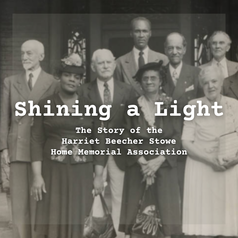
In the early 1940s, a diverse group of Cincinnatians gathered under the leadership of African American attorney George W. B. Conrad to purchase the old Beecher family home at 2950 Gilbert Avenue to create a memorial to Harriet Beecher Stowe and a museum of African American history.
Learn about their successful creation of the museum and peek into our archives to celebrate our 75 years as a museum.
Learn about their successful creation of the museum and peek into our archives to celebrate our 75 years as a museum.
To Give It All To This Cause: The Beecher Family and the Civil War
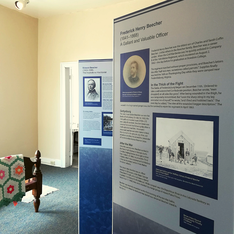
Perhaps no family was more famously involved in the events that led up to the Civil War than the Beechers. From sermons to popular fiction and other works, the children of Lyman Beecher were at the forefront of the abolitionist movement. We've selected six Beechers to illustrate how the family were involved both off and on the field.
Highly influential on the home front were Edward Beecher, Harriet Beecher Stowe, and Henry Ward Beecher. Meanwhile, James Beecher, Frederick stowed, and Frederick Beecher experienced the war first hand as soldiers in the Union Army. This exhibit is included in museum admission.
Made possible by a generous donation from the Cincinnati Civil War Round Table.
Highly influential on the home front were Edward Beecher, Harriet Beecher Stowe, and Henry Ward Beecher. Meanwhile, James Beecher, Frederick stowed, and Frederick Beecher experienced the war first hand as soldiers in the Union Army. This exhibit is included in museum admission.
Made possible by a generous donation from the Cincinnati Civil War Round Table.
|
Web Hosting by iPage



